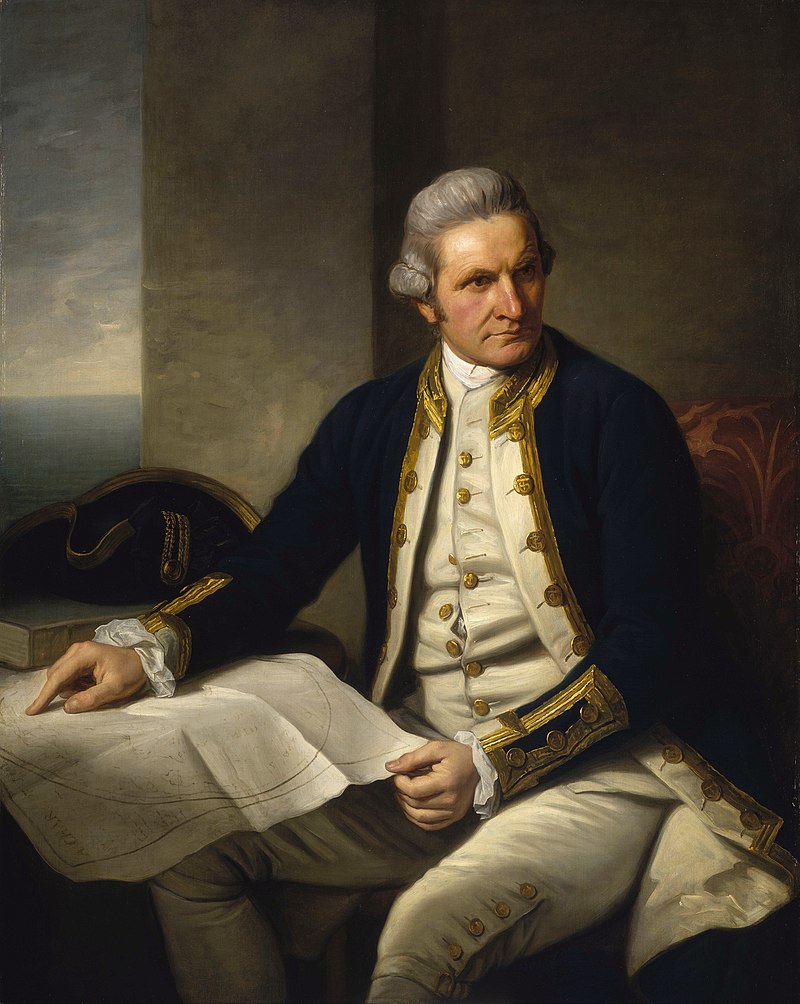quinta-feira, dezembro 11, 2025
O Estatuto de Westminster foi aprovado há 94 anos
Postado por
Fernando Martins
às
09:40
0
bocas
![]()
Marcadores: África do Sul, Austrália, Canadá, Estatuto de Westminster, Nova Zelândia, Reino Unido
sexta-feira, novembro 28, 2025
Na Nova Zelândia as mulheres passaram a poder votar há 132 anos
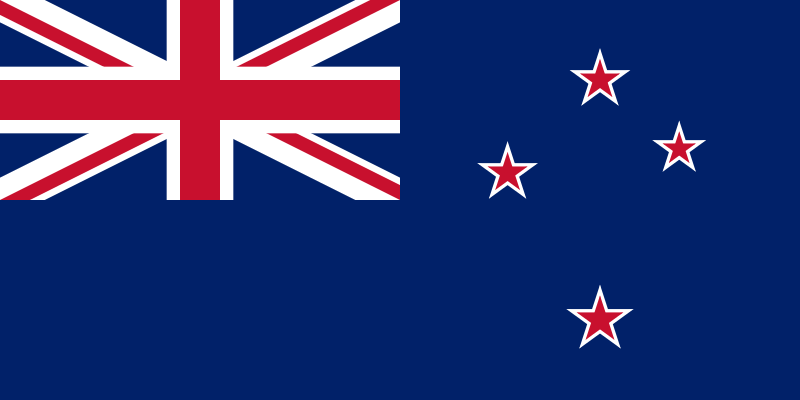
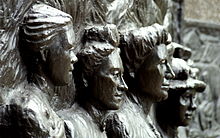
By far the most notable change for the 1893 election was that the Electoral Act, 1893, extended the franchise to all women (including Māori) aged 21 and over. Women's suffrage was granted after about two decades of campaigning by women such as Kate Sheppard and Mary Ann Müller and organisations such as the New Zealand branch of the Women's Christian Temperance Union led by Anne Ward. Of countries presently independent, New Zealand was the first to give women the vote in modern times. John Hall, a Conservative politician and former premier, received most of the credit for pushing the legislation through Parliament; he is the only male who has his name inscribed on the Kate Sheppard National Memorial. There were only 10 weeks between the passage of the legislation and the election, and the Woman's Christian Temperance Union (WCTU) set about to enrol as many women as possible.
The bill had passed under the Liberal government which generally advocated social and political reform, but only due to a combination of personality issues and political accident. Seddon opposed it (unlike many other Liberals) because many women supported prohibition. He had expected to stop the bill in the upper house, but found that one more vote was needed. Thomas Kelly, a new Liberal Party councillor had left himself paired in favour of the measure, but Seddon obtained his consent by wire to change his vote. Seddon's manipulation so incensed two opposition councillors, William Reynolds and Edward Stevens that they changed sides and voted for the bill, which was passed by 20 votes to 18 so giving the vote to women. Both the Liberals and the Conservatives subsequently claimed credit for sponsoring the enfranchisement of women and both sought to acquire women's votes, although the Liberals benefitted more.
Postado por
Fernando Martins
às
01:32
0
bocas
![]()
Marcadores: dignidade, eleições, Nova Zelândia, sufrágio universal, sufragistas
quarta-feira, novembro 19, 2025
O acidente na mina de Pike River matou 27 mineiros há quinze anos...
(imagem daqui)
O acidente na mina de Pike River ocorreu em 19 de novembro de 2010 em Greymouth, Nova Zelândia. Uma explosão deixou 29 mineiros presos a pelo menos 1.500 metros da entrada da mina. A jazida situa-se 120 metros abaixo da superfície, e entra-se nela primariamente pela horizontal. Dois mineiros escaparam com ferimentos leves no dia da explosão, ao escalarem um poço de ventilação.
Postado por
Fernando Martins
às
15:00
0
bocas
![]()
Marcadores: acidente na mina de Pike River, Minas, mineiros, Nova Zelândia
sexta-feira, novembro 07, 2025
Lorde celebra hoje vinte e nove anos
Ella Marija Lani Yelich-O'Connor (Auckland, 7 de novembro de 1996), mais conhecida pelo nome artístico Lorde (anteriormente estilizada como LORDE), é uma cantora e compositora neozelandesa. Foi eleita a jovem mais influente do mundo pela revista norte-americana Time, e nomeada "Mulher Do Ano" pela MTV, em 2013. Tornou-se mundialmente conhecida a partir do single "Royals", que lhe rendeu o título de a mais jovem artista a conquistar o primeiro lugar da Billboard Hot 100 dos Estados Unidos, e venceu o Grammy Award de "Canção do Ano", em 2014.
domingo, julho 20, 2025
Edmund Hillary nasceu há 106 anos
Sir Edmund Percival Hillary (Tuakau, 20 de julho de 1919 - Auckland, 11 de janeiro de 2008) foi um alpinista e explorador neozelandês, famoso principalmente pela primeira escalada bem sucedida do Monte Everest. Ele e o guia sherpa Tenzing Norgay atingiram os 8.848 metros do cume, em 29 de maio de 1953.
Postado por
Fernando Martins
às
01:06
0
bocas
![]()
Marcadores: alpinismo, Desportos de Natureza, Edmund Hillary, Himalaias, Monte Everest, Nepal, Nova Zelândia, Tenzing Norgay
quinta-feira, julho 10, 2025
Os Serviços Secretos francese assassinaram o fotógrafo Fernando Pereira e afundaram o Rainbow Warrior há quarenta anos...
Postado por
Fernando Martins
às
00:40
0
bocas
![]()
Marcadores: assassinos, Ecologia, energia nuclear, Fernando Pereira, França, Greenpeace, Nova Zelândia, Rainbow Warrior, Serviços Secretos, vergonha
sexta-feira, junho 06, 2025
Gin Wigmore comemora hoje 39 anos
Virginia Claire Wigmore (Auckland, 6 June 1986) is a New Zealand singer and songwriter. Featured on the Smashproof single "Brother" in 2009, Wigmore went on to release four albums Holy Smoke (2009), Gravel & Wine (2011), Blood to Bone (2015) and Ivory (2018), with the first three having been chart-toppers on the New Zealand Albums Chart. She is known for her high pitched and raspy voice.
in Wikipédia
Postado por
Fernando Martins
às
00:39
0
bocas
![]()
Marcadores: Black Sheep, Gin Wigmore, música, Nova Zelândia
terça-feira, maio 27, 2025
Neil Finn, o vocalista dos Crowded House, celebra hoje 67 anos
Neil Mullane Finn (Te Awamutu, 27 de maio de 1958) é um cantor e compositor neozelandês. Ele foi vocalista e líder do grupo Crowded House e, anteriormente, de uma outra banda, também neozelandesa, chamada Split Enz.
Postado por
Fernando Martins
às
06:07
0
bocas
![]()
Marcadores: Crowded House, Don't Dream It's Over, música, Neil Finn, Nova Zelândia, pop, Rock
sábado, abril 12, 2025
O ouro é sempre notícia...
Há ouro escondido à vista de todos nos areais das praias da Nova Zelândia
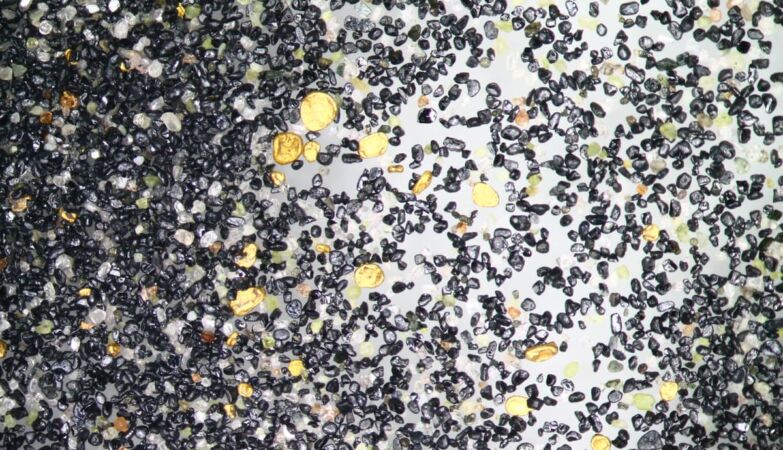
Uma nova investigação criou um atlas das partículas microscópicas de ouro que estão espalhadas nos areais das praias da Ilha do Sul da Nova Zelândia.
Cientistas da Universidade de Otago criaram o primeiro “atlas” detalhado de partículas microscópicas de ouro encontradas nas praias da Ilha do Sul da Nova Zelândia.
Utilizando microscópios eletrónicos de alta potência, os investigadores captaram imagens espantosas de partículas de ouro escondidas na areia. As descobertas foram relatadas num estudo publicado na New Zealand Journal of Geology and Geophysics.
As partículas de ouro são minúsculas – medem apenas 10 micrómetros de diâmetro, cerca de um quinto da largura de um cabelo humano – e são invisíveis a olho nu. Embora não seja suficientemente grande para desencadear uma nova corrida ao ouro, o estudo tem um valor científico significativo ao revelar como diferentes processos geológicos moldaram a paisagem da Ilha do Sul e contribuir para uma compreensão global mais profunda da morfologia do ouro nas praias.
“Este atlas fornece novos conhecimentos sobre a morfologia do ouro de praia de uma grande variedade de cenários de praia”, escreveram os investigadores. Os autores referem também que as diversas caraterísticas geológicas da Ilha do Sul – que vão desde o levantamento tectónico ao fluxo de sedimentos – fazem dela um laboratório natural único em comparação com outras regiões costeiras do mundo.
Acredita-se que o ouro encontrado nestas areias costeiras seja remanescente da corrida ao ouro da Nova Zelândia na década de 1860, uma época crucial que atraiu colonos europeus em busca de riqueza e levou a um rápido desenvolvimento nacional, refere o New Atlas.
Embora as praias da Ilha do Sul tenham sido largamente ignoradas durante a corrida ao ouro original, ainda hoje guardam vestígios do metal precioso. Os atuais garimpeiros, ou “fossickers”, podem procurar ouro, mas devem primeiro obter uma autorização da New Zealand Petroleum & Minerals.
Para além do seu significado geológico, o estudo também proporciona uma visão visualmente deslumbrante de um mundo microscópico raramente visto pelo público. Este novo atlas será agora um valioso ponto de referência para geólogos de todo o mundo, particularmente para os que estudam o transporte de sedimentos, a formação de minerais e a evolução tectónica nas regiões costeiras.
in ZAP
Postado por
Fernando Martins
às
12:36
0
bocas
![]()
Marcadores: garimpo, Nova Zelândia, ouro
quinta-feira, março 06, 2025
Kiri Te Kanawa faz hoje oitenta e um anos
Kiri Te Kanawa (Gisborne, 6 de março de 1944) é uma aclamada soprano lírica neozelandesa. O seu reportório vai do século XVII ao século XX. É particularmente dedicada às obras de Mozart, Richard Strauss, Verdi, Handel e Puccini.
Postado por
Fernando Martins
às
08:10
0
bocas
![]()
Marcadores: Duetto buffo di due gatti, Kiri Te Kanawa, música, Norma Burrows, Nova Zelândia, Ópera, Rossini, soprano
sexta-feira, fevereiro 21, 2025
Christchurch, a capital da Ilha do Sul da Nova Zelândia, teve um terramoto há 14 anos
O Sismo de Canterbury de 2011 (também conhecido como sismo de Christchurch) foi um sismo de 6,3 de magnitude que atingiu a Ilha do Sul da Nova Zelândia às 12.51 horas de 22 de fevereiro de 2011 (hora local), que corresponde às 23.51 horas de 21 de fevereiro UTC. O número de mortes provocadas pelo sismo foi inicialmente estimado em 159 (em 2 de março de 2011), passando depois para 185.
Postado por
Fernando Martins
às
00:14
0
bocas
![]()
Marcadores: Christchurch, Nova Zelândia, sismo, sismologia, tsunami
sexta-feira, fevereiro 14, 2025
James Cook morreu há 246 anos...
Postado por
Fernando Martins
às
02:46
0
bocas
![]()
Marcadores: Austrália, descobrimentos, Havai, Inglaterra, James Cook, Nova Zelândia, Pacífico
quinta-feira, fevereiro 06, 2025
O Tratado de Waitangi, que deu origem ao estado da Nova Zelândia, foi assinado há 185 anos
HER MAJESTY VICTORIA Queen of the United Kingdom of Great Britain and Ireland regarding with Her Royal Favor the Native Chiefs and Tribes of New Zealand and anxious to protect their just Rights and Property and to secure to them the enjoyment of Peace and Good Order has deemed it necessary in consequence of the great number of Her Majesty's Subjects who have already settled in New Zealand and the rapid extension of Emigration both from Europe and Australia which is still in progress to constitute and appoint a functionary properly authorised to treat with the Aborigines of New Zealand for the recognition of Her Majesty's Sovereign authority over the whole or any part of those islands – Her Majesty therefore being desirous to establish a settled form of Civil Government with a view to avert the evil consequences which must result from the absence of the necessary Laws and Institutions alike to the native population and to Her subjects has been graciously pleased to empower and to authorise me William Hobson a Captain in Her Majesty's Royal Navy Consul and Lieutenant-Governor of such parts of New Zealand as may be or hereafter shall be ceded to her Majesty to invite the confederated and independent Chiefs of New Zealand to concur in the following Articles and Conditions.
1 The Chiefs of the Confederation of the United Tribes of New Zealand and the separate and independent Chiefs who have not become members of the Confederation cede to Her Majesty the Queen of England absolutely and without reservation all the rights and powers of Sovereignty which the said Confederation or Individual Chiefs respectively exercise or possess, or may be supposed to exercise or to possess over their respective Territories as the sole sovereigns thereof.
2 Her Majesty the Queen of England confirms and guarantees to the Chiefs and Tribes of New Zealand and to the respective families and individuals thereof the full exclusive and undisturbed possession of their Lands and Estates Forests Fisheries and other properties which they may collectively or individually possess so long as it is their wish and desire to retain the same in their possession; but the Chiefs of the United Tribes and the individual Chiefs yield to Her Majesty the exclusive right of Preemption over such lands as the proprietors thereof may be disposed to alienate at such prices as may be agreed upon between the respective Proprietors and persons appointed by Her Majesty to treat with them in that behalf.
3 In consideration thereof Her Majesty the Queen of England extends to the Natives of New Zealand Her royal protection and imparts to them all the Rights and Privileges of British Subjects.(signed) William Hobson, Lieutenant-Governor.
Now therefore We the Chiefs of the Confederation of the United Tribes of New Zealand being assembled in Congress at Victoria in Waitangi and We the Separate and Independent Chiefs of New Zealand claiming authority over the Tribes and Territories which are specified after our respective names, having been made fully to understand the Provisions of the foregoing Treaty, accept and enter into the same in the full spirit and meaning thereof in witness of which we have attached our signatures or marks at the places and the dates respectively specified.
Done at Waitangi this Sixth day of February in the year of Our Lord one thousand eight hundred and forty.
Postado por
Fernando Martins
às
18:50
0
bocas
![]()
Marcadores: Maoris, Nova Zelândia, Rainha de Inglaterra, Tratado de Waitangi
terça-feira, dezembro 10, 2024
O Estatuto de Westminster foi aprovado há 93 anos
Postado por
Fernando Martins
às
09:30
0
bocas
![]()
Marcadores: África do Sul, Austrália, Canadá, Estatuto de Westminster, Nova Zelândia, Reino Unido
quinta-feira, novembro 28, 2024
As mulheres passaram a poder votar há 131 anos na Nova Zelândia

By far the most notable change for the 1893 election was that the Electoral Act, 1893, extended the franchise to all women (including Māori) aged 21 and over. Women's suffrage was granted after about two decades of campaigning by women such as Kate Sheppard and Mary Ann Müller and organisations such as the New Zealand branch of the Women's Christian Temperance Union led by Anne Ward. Of countries presently independent, New Zealand was the first to give women the vote in modern times. John Hall, a Conservative politician and former premier, received most of the credit for pushing the legislation through Parliament; he is the only male who has his name inscribed on the Kate Sheppard National Memorial. There were only 10 weeks between the passage of the legislation and the election, and the Woman's Christian Temperance Union (WCTU) set about to enrol as many women as possible.
The bill had passed under the Liberal government which generally advocated social and political reform, but only due to a combination of personality issues and political accident. Seddon opposed it (unlike many other Liberals) because many women supported prohibition. He had expected to stop the bill in the upper house, but found that one more vote was needed. Thomas Kelly, a new Liberal Party councillor had left himself paired in favour of the measure, but Seddon obtained his consent by wire to change his vote. Seddon's manipulation so incensed two opposition councillors, William Reynolds and Edward Stevens that they changed sides and voted for the bill, which was passed by 20 votes to 18 so giving the vote to women. Both the Liberals and the Conservatives subsequently claimed credit for sponsoring the enfranchisement of women and both sought to acquire women's votes, although the Liberals benefitted more.
Postado por
Fernando Martins
às
01:31
0
bocas
![]()
Marcadores: dignidade, eleições, Nova Zelândia, sufrágio universal, sufragistas
terça-feira, novembro 19, 2024
O acidente na mina de Pike River matou 27 mineiros há catorze anos...
(imagem daqui)
O acidente na mina de Pike River ocorreu em 19 de novembro de 2010 em Greymouth, Nova Zelândia. Uma explosão deixou 29 mineiros presos a pelo menos 1.500 metros da entrada da mina. A jazida situa-se 120 metros abaixo da superfície, e entra-se nela primariamente pela horizontal. Dois mineiros escaparam com ferimentos leves no dia da explosão, ao escalarem um poço de ventilação.
Postado por
Fernando Martins
às
00:14
0
bocas
![]()
Marcadores: acidente na mina de Pike River, Minas, mineiros, Nova Zelândia
quinta-feira, novembro 07, 2024
Lorde celebra hoje vinte e oito anos
Ella Marija Lani Yelich-O'Connor (Auckland, 7 de novembro de 1996), mais conhecida pelo nome artístico Lorde (anteriormente estilizada como LORDE), é uma cantora e compositora neozelandesa. Foi eleita a jovem mais influente do mundo pela revista norte-americana Time, e nomeada "Mulher Do Ano" pela MTV, em 2013. Tornou-se mundialmente conhecida a partir do single "Royals", que lhe rendeu o título de a mais jovem artista a conquistar o primeiro lugar da Billboard Hot 100 dos Estados Unidos, e venceu o Grammy Award de "Canção do Ano", em 2014.
sábado, julho 20, 2024
Edmund Hillary nasceu há 105 anos
Sir Edmund Percival Hillary (Tuakau, 20 de julho de 1919 - Auckland, 11 de janeiro de 2008) foi um alpinista e explorador neozelandês, famoso principalmente pela primeira escalada bem sucedida do Monte Everest. Ele e o guia sherpa Tenzing Norgay atingiram os 8.848 metros do cume, em 29 de maio de 1953.
Postado por
Fernando Martins
às
01:05
0
bocas
![]()
Marcadores: alpinismo, Desportos de Natureza, Edmund Hillary, Himalaias, Monte Everest, Nepal, Nova Zelândia, Tenzing Norgay
quarta-feira, julho 10, 2024
Uns Serviços Secretos assassinaram o fotógrafo Fernando Pereira e afundaram o Rainbow Warrior há 39 anos...
Postado por
Fernando Martins
às
00:39
0
bocas
![]()
Marcadores: assassinos, Ecologia, energia nuclear, Fernando Pereira, França, Greenpeace, Nova Zelândia, Rainbow Warrior, Serviços Secretos, vergonha

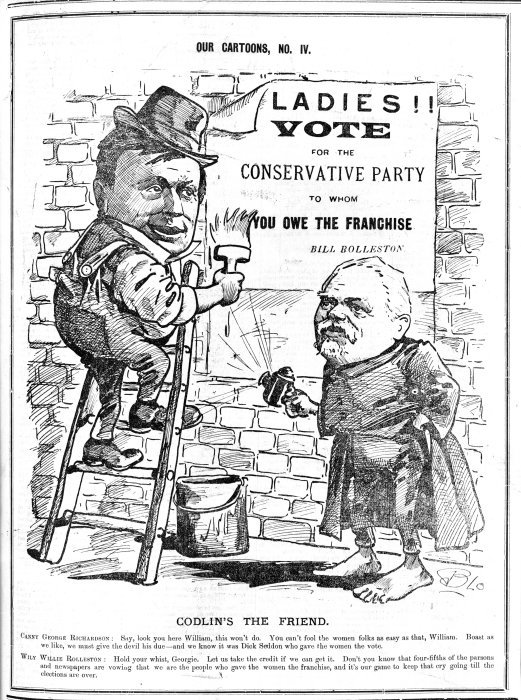
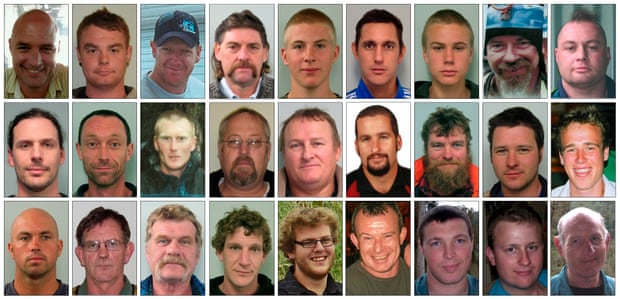

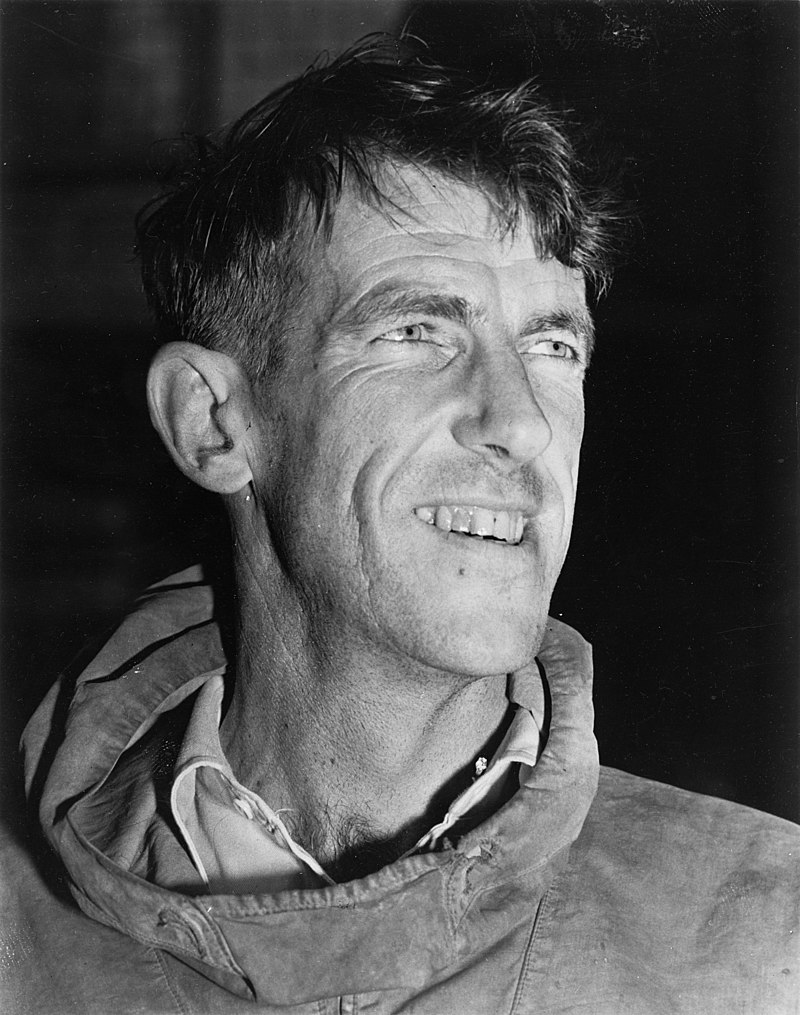


.jpg/800px-Gin_Wigmore_(December%2C_2015).jpg)

_(Cropped).jpg/800px-FleetMacTulsa031018-45_(44511289974)_(Cropped).jpg)
.jpg)
